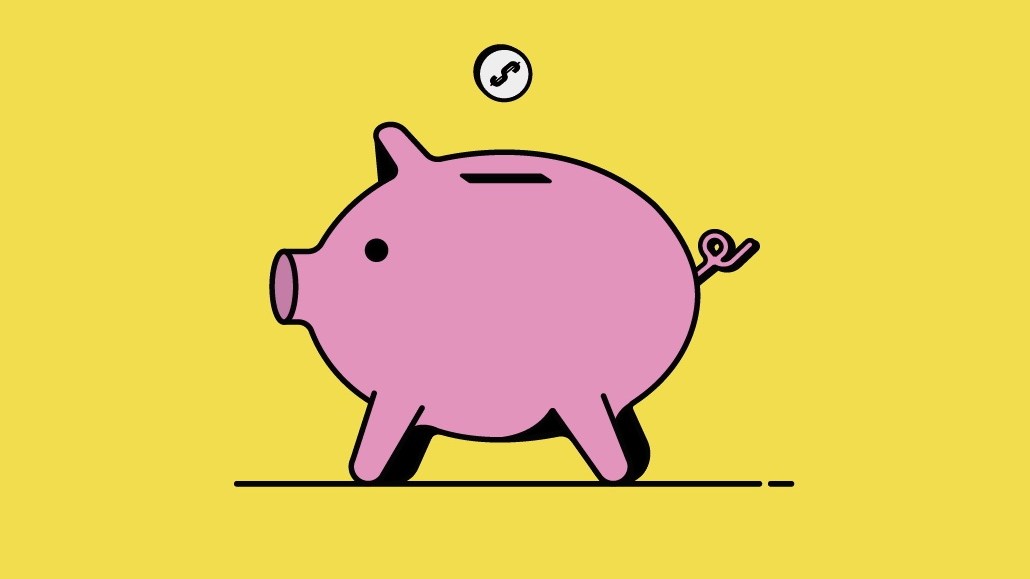How high tuition costs and low salaries lead to painful student debt for some journalists

The combination of sky-high college tuition prices and low, stagnant wages has led to crushing student debt for some journalists.
But U.S. President Joe Biden’s initiative announced last month could provide a little relief, with the potential to wipe up to $20,000 in individuals’ federal student loan debt.
However, the program won’t fix the underlying discrepancy between expensive journalism programs and low entry-level salaries, working journalists say. Despite withstanding challenging circumstances to pay off student debt, three journalists Digiday spoke with hoped their peers could benefit from the student loan forgiveness program — but argued that it doesn’t do much for the next generation facing these hurdles.
J-school tuitions often cost more than an annual salary. The 2020 median annual wage was roughly $73,000 for digital news reporters, but just $36,000 for newspaper journalists, according to a Pew Research Center report. Graduate and undergraduate programs at Columbia University and Northwestern University, by comparison, cost around $70,000 a year. The graduate program at UC Berkeley, a public school, costs around $20,000.
Many students take on loans to pursue studies in journalism. About 73% of those who applied for scholarship aid for Columbia’s journalism master’s program received funding, with a median of about $40,000 in aid, according to assistant dean Elena Cabral.
But when students graduate, those salaries make it difficult to pay down debt. Columbia and Northwestern journalism students who took out federal loans earned a median of less than $50,000 two years after graduating, according to reporting by The Wall Street Journal.
Colleges face a “tough sell” to help journalism students “rectify the cost of the education against the pay for the work,” Al Tompkins, senior faculty at non-profit journalism organization Poynter Institute, said in an email. Tompkins said he’s spoken to students who “often leave school with tens of thousands in debt for jobs that pay about the same as an assistant manager of a Smoothie King.”
A New York Times reporter who asked not to be named told Digiday she went to New York University’s journalism school to form contacts in the city. It cost around $70,000, and she did not have financial help from family. When she started her first job at a digital news site in 2010, she was earning around $40,000 a year and making $1,000 monthly payments on her debt. She switched jobs every few years to get raises and worked side jobs.
“It was pretty brutal,” she said. “If you don’t come from family money, you have to figure out another system… There’s a lot of moonlighting happening.”
The reporter paid off her debt in 2018, 10 years after graduating. Despite how difficult her experience was, the reporter applauded the student loan forgiveness program.
“Taking away 10 grand from someone who’s middle class? It is life-changing. I don’t want anyone else to have to go through [what I did],” she said.
Katie Herzog, co-host of the “Blocked and Reported” podcast and former writer at Seattle publication The Stranger, is almost 40 years old and still paying off her student loans. Herzog won’t benefit from the program — and doesn’t think it’s a fair deal.
“I don’t think this does anything to address the root cause of the cost of education,” she said. “I understand that if you’re a person who benefits from this, it’s going to look great. But I just don’t see how this fixes anything for students of tomorrow.”
Writer and consultant Hanna Brooks Olsen was the first person in her family to graduate from college and her parents encouraged her to take out loans for school. The cost of a journalism master’s degree put Brooks Olsen off that path, so after graduating with an English degree, she worked multiple gigs, including at Seattle’s public radio station.
Brooks Olsen took on marketing jobs, rarely traveled and picked up extra freelance work to pay down her debt. At one point, she was making $1,500 payments a month on her student loans. She had “fantasy dreams” in her sleep of paying her final installment. She finally made that dream a reality a few years ago.
Despite the toll student debt took on her, Brooks Olsen is “still so happy for other people to get their [loans] paid off. There is not a shred within me who feels like I’m getting the short end of the stick if other people get forgiven.”
“The only reason I was able to pay off my student debt is because of a bunch of different little ways I got lucky. That’s their lucky break,” she said.
More in Media

What publishers are wishing for this holiday season: End AI scraping and determine AI-powered audience value
Publishers want a fair, structured, regulated AI environment and they also want to define what the next decade of audience metrics looks like.

Media giant Essence launches a marketplace for Black women-led brands
Essence has launched WeLoveUs.shop, a new online marketplace dedicated to Black women-led brands.

In Graphic Detail: The state of AI referral traffic in 2025
The stats reveal a new audience pipeline forming outside of traditional search and social platforms.








